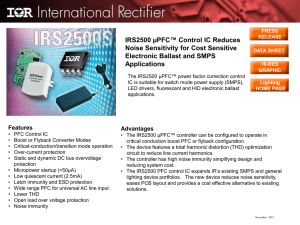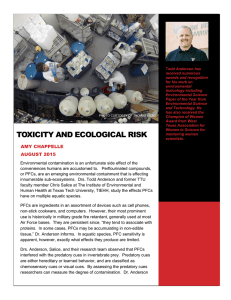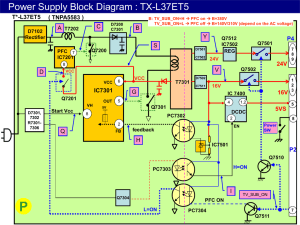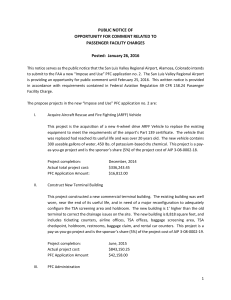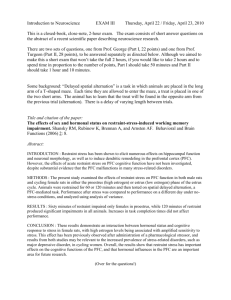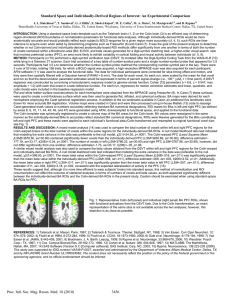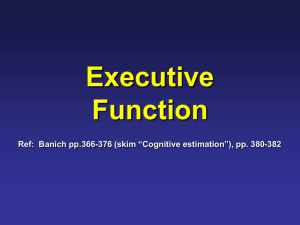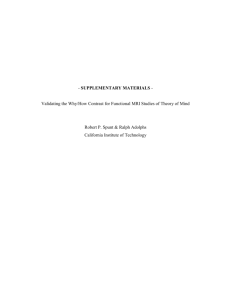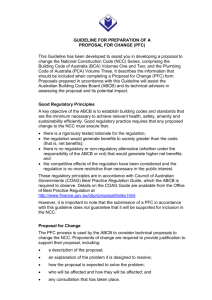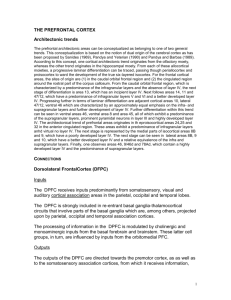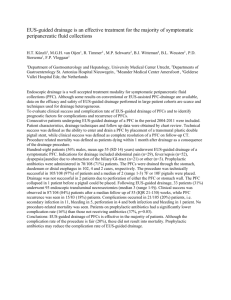Reduction of PFC emissions using atmospheric
advertisement
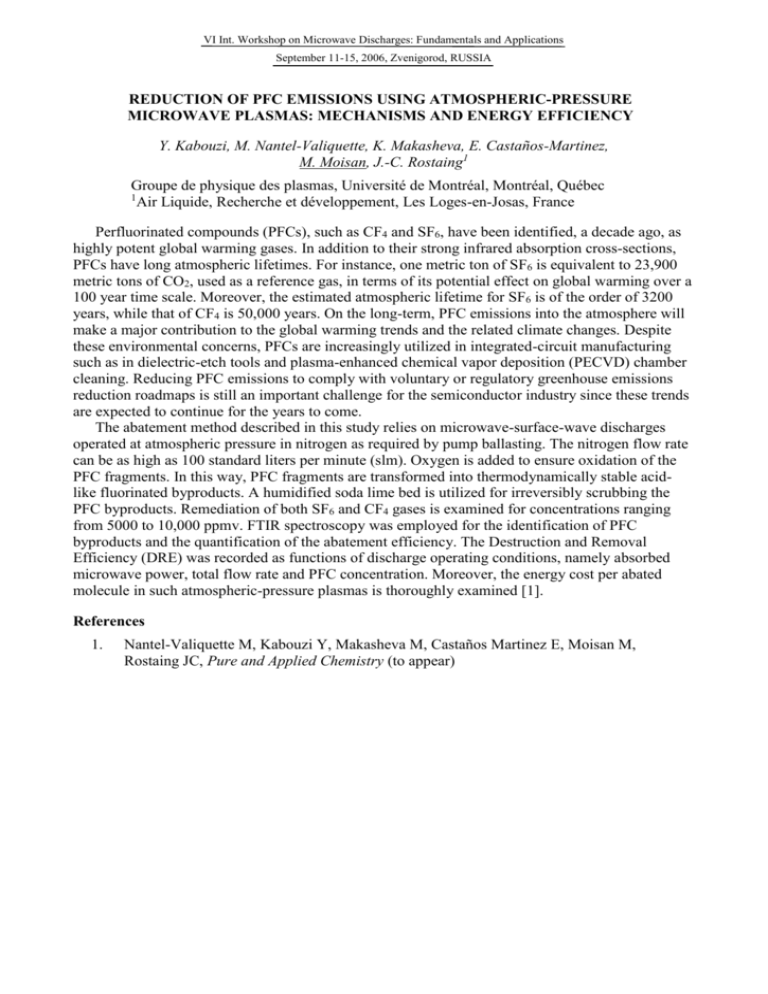
VI Int. Workshop on Microwave Discharges: Fundamentals and Applications September 11-15, 2006, Zvenigorod, RUSSIA REDUCTION OF PFC EMISSIONS USING ATMOSPHERIC-PRESSURE MICROWAVE PLASMAS: MECHANISMS AND ENERGY EFFICIENCY Y. Kabouzi, M. Nantel-Valiquette, K. Makasheva, E. Castaños-Martinez, M. Moisan, J.-C. Rostaing1 Groupe de physique des plasmas, Université de Montréal, Montréal, Québec 1 Air Liquide, Recherche et développement, Les Loges-en-Josas, France Perfluorinated compounds (PFCs), such as CF4 and SF6, have been identified, a decade ago, as highly potent global warming gases. In addition to their strong infrared absorption cross-sections, PFCs have long atmospheric lifetimes. For instance, one metric ton of SF6 is equivalent to 23,900 metric tons of CO2, used as a reference gas, in terms of its potential effect on global warming over a 100 year time scale. Moreover, the estimated atmospheric lifetime for SF6 is of the order of 3200 years, while that of CF4 is 50,000 years. On the long-term, PFC emissions into the atmosphere will make a major contribution to the global warming trends and the related climate changes. Despite these environmental concerns, PFCs are increasingly utilized in integrated-circuit manufacturing such as in dielectric-etch tools and plasma-enhanced chemical vapor deposition (PECVD) chamber cleaning. Reducing PFC emissions to comply with voluntary or regulatory greenhouse emissions reduction roadmaps is still an important challenge for the semiconductor industry since these trends are expected to continue for the years to come. The abatement method described in this study relies on microwave-surface-wave discharges operated at atmospheric pressure in nitrogen as required by pump ballasting. The nitrogen flow rate can be as high as 100 standard liters per minute (slm). Oxygen is added to ensure oxidation of the PFC fragments. In this way, PFC fragments are transformed into thermodynamically stable acidlike fluorinated byproducts. A humidified soda lime bed is utilized for irreversibly scrubbing the PFC byproducts. Remediation of both SF6 and CF4 gases is examined for concentrations ranging from 5000 to 10,000 ppmv. FTIR spectroscopy was employed for the identification of PFC byproducts and the quantification of the abatement efficiency. The Destruction and Removal Efficiency (DRE) was recorded as functions of discharge operating conditions, namely absorbed microwave power, total flow rate and PFC concentration. Moreover, the energy cost per abated molecule in such atmospheric-pressure plasmas is thoroughly examined [1]. References 1. Nantel-Valiquette M, Kabouzi Y, Makasheva M, Castaños Martinez E, Moisan M, Rostaing JC, Pure and Applied Chemistry (to appear)

